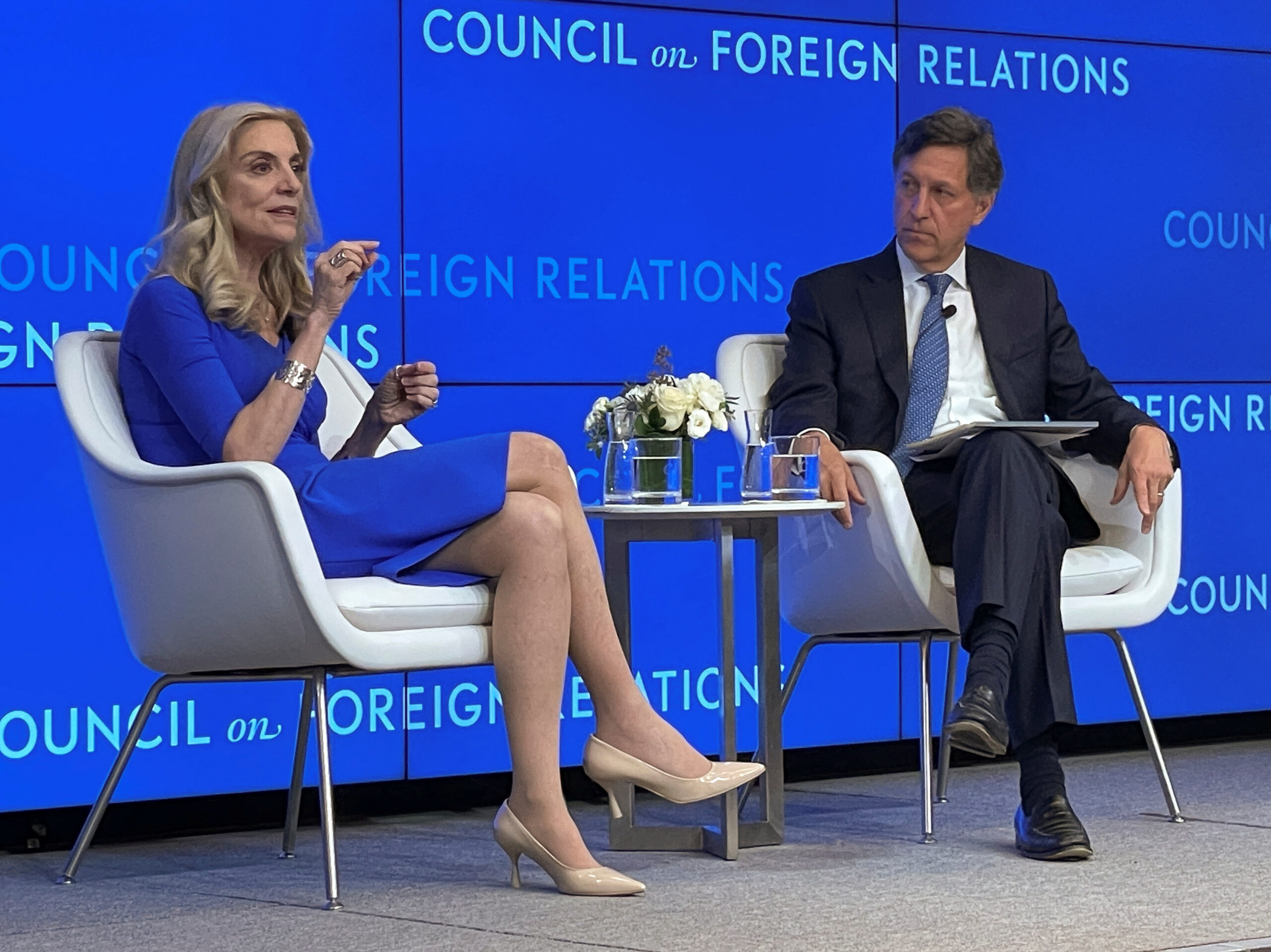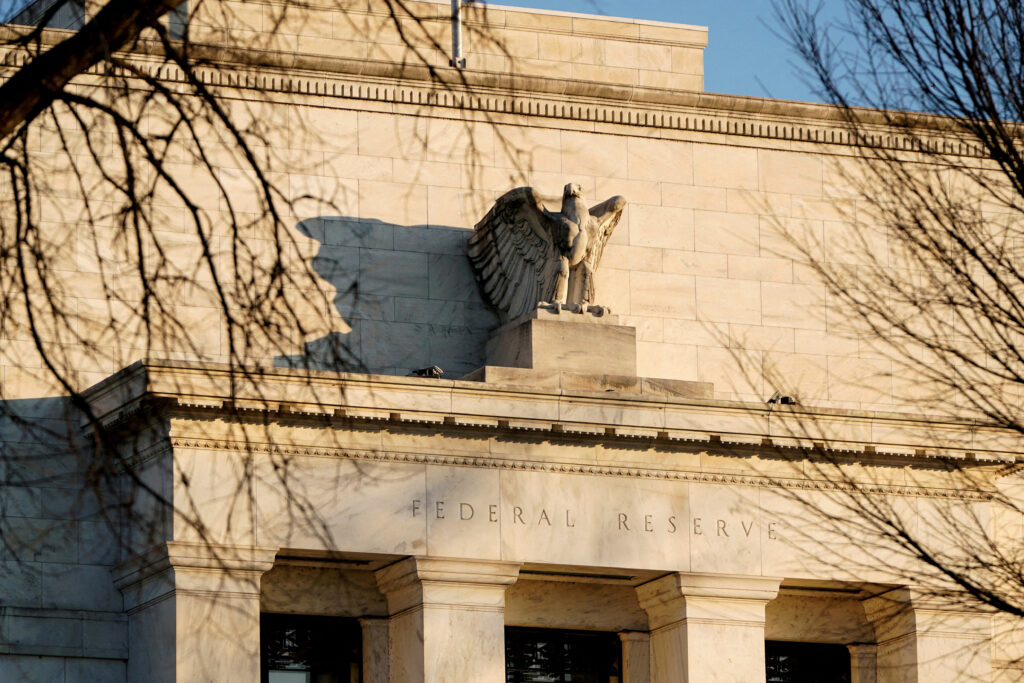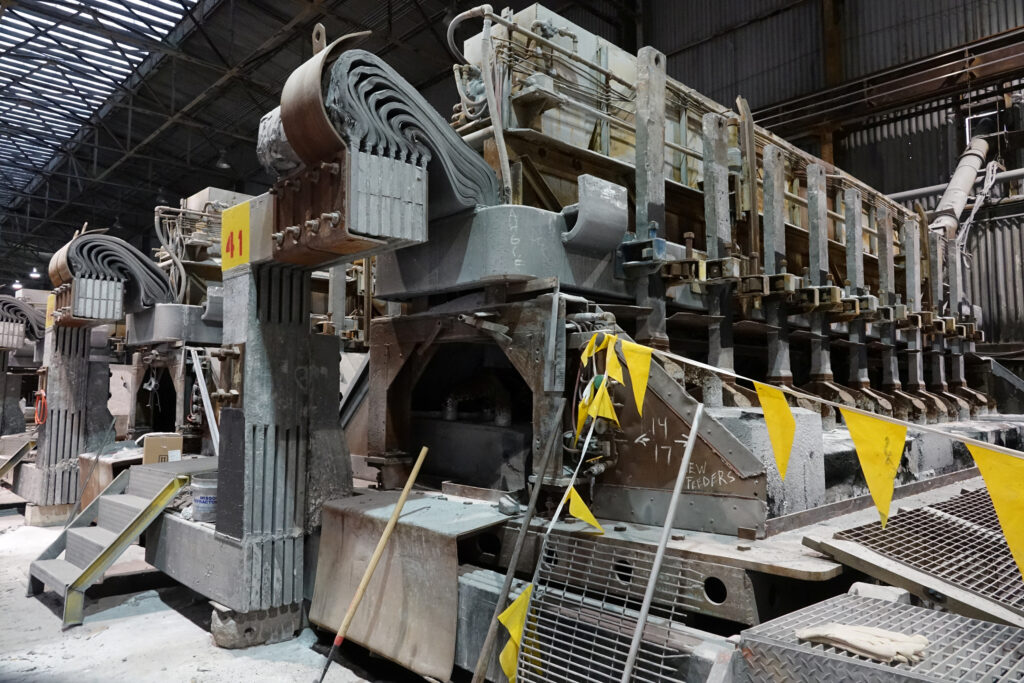Top White House economic adviser Lael Brainard declared that the U.S. economy had turned the corner in bringing down inflation and it was now time to focus on safeguarding jobs and growth.
Two days before the Federal Reserve is expected to begin a long-awaited monetary easing cycle, Brainard said that inflation was returning to pre-pandemic levels without the considerable job losses and growth slowdown that were previously predicted.
“Today, we are at an important turning point. Inflation is coming back down close to normal levels, and it is important to safeguard the important labor market progress we have made,” Brainard told a Council on Foreign Relations event in New York.
Brainard, the former Fed vice chair who now serves as the director of the White House National Economic Council, said the Biden administration’s focus now is to support growth and the labor market.
There could still be some inflationary supply shocks in the global economy. However, many countries and businesses have taken steps to become more resilient in the face of such shocks, partly by diversifying supply chains.
Brainard did not say in her remarks what action the Fed should take on Wednesday, and her comments were in line with recent comments from Fed officials.
But she said President Joe Biden has emphasized the independence of the U.S. central bank, drawing a contrast with Republican presidential candidate Donald Trump’s frequent criticism of Fed monetary policy decisions during his presidency.
HOUSING AFFORDABILITY PUZZLE
Brainard described the actions that the Biden administration has taken to support the recovery, from COVID relief spending to clean energy tax subsidies, but said more work was needed to help Americans cope with price pressures and higher living costs, including increasing the housing supply.
“If we can address housing affordability that will give people a lot more breathing room. So I think what we are very focused on is solving the kind of cost of living squeeze that Americans are feeling,” Brainard said.
Brainard said housing affordability has been one of the most complicated challenges in bringing down inflation, adding that the non-housing components of the Consumer Price Index are now increasing at only a 1.8% rate, below the Federal Reserve’s 2% inflation target.
“Housing has been really the kind of stickiest piece of that, and it’s a complicated part of the inflation puzzle, because we actually need more homes, ultimately, to get to greater affordability,” Brainard said.
Lower mortgage rates, predicted by markets as they anticipate Fed rate cuts, will make the development of more housing easier, she said, adding that lower borrowing costs for homes and automobiles will also help sustain growth going forward.
Brainard said that a more benign financing environment also could encourage more conversions of some vacant office buildings in certain cities that help ease supply crunches and financial vulnerabilities in commercial real estate. However, she noted that the high costs of such conversions remained an obstacle.
She said the Biden administration has “kept a close eye” on pressures from commercial vacancies, especially in older “Class B” office buildings.
“It does seem to be a very targeted problem, a difficult, difficult problem. But commercial real estate writ large, there are areas that are doing quite well,” she said.
(Source: ReutersReuters)
Jennifer Tacker is a staff writer at ABBO News. She holds a B.A. from the University of Waterloo and a B.Ed from Western University. Jennifer has been active in the stock market and crypto sector for a decade. She specializes in technical analysis and trading strategies. Read Full Bio










